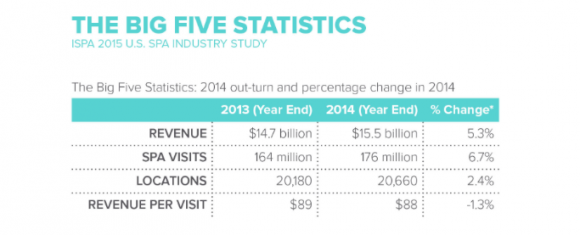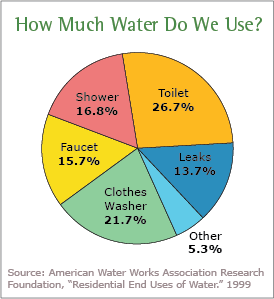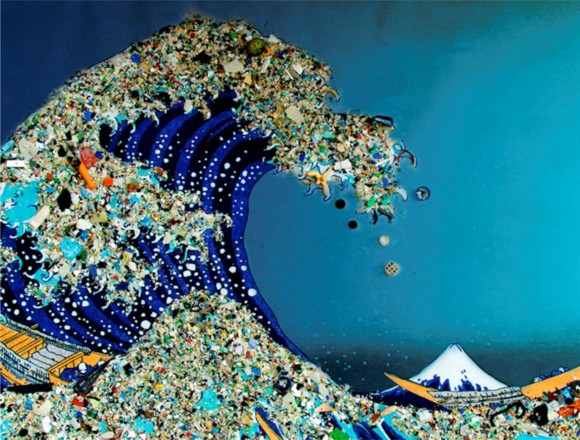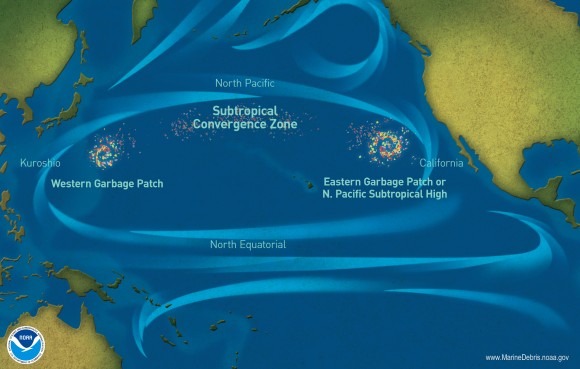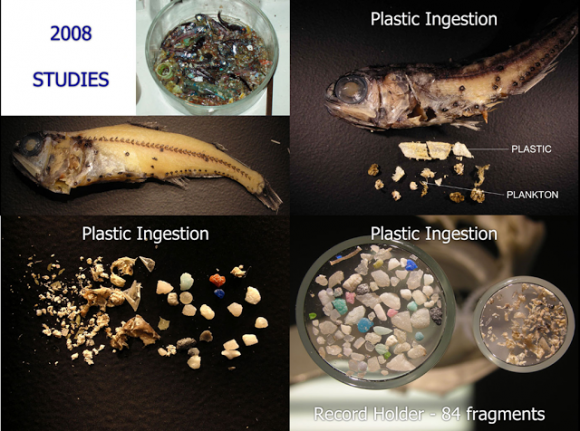For a very long time now, the discussion about the climate changes and the quality of the air on our Ecosystem has caused a lot of commotion. The United States congress has discussed the climate change matter for decades, claiming that the air pollution with natural or harmful gasses is definitely concerning to the public welfare and safety (U.S. government, 2012). Recently, also in 2012 at the Nobel prize the former vice president Al Gore brought into his speech many concerning factors about the damage in our atmosphere and the soon future problems we all have face due to natural disasters (Al Gore, 2012, video). Because of all the environmental problems caused by the super-population in the earth, social scientists study and research in a regular basis for solutions that would be effective for all of us (WC, Psych 484, lesson 4).
First, it is important that all of us understand and embrace causes related to our natural resources dilemmas. The environment that sustain humanity and the generation of life is not endless and for most of the time we are unable to understand this fact, in result, ignore our reality may end up causing our own extinction (WC, Psych 484, lesson 4). Environmental psychologists and most of scientific fields that study our air are consistent with the affirmations that we need to change our habits and help the climate if we want to provide humanity a longer existence. This social dilemma is real and need our urgent attention because our fueling system generate very high levels of pollution into the atmosphere, and very soon we will not be able to control those damages anymore (Al Gore, 2012, video). The El Niño and many other natural disasters are already happening for years, but it is taking us way too long to take action and imply a serious intervention to relief the problems caused by climate changes and air pollution. Last year in December the United Stated had the warmest Christmas registered by the weather center in the past 30 years. This phenomenon is not casual or surprising giving the fact that the congress is trying to take a political act about the matter since 1955 (U.S. government, 2012).
In a social dilemma like this, we all face the choice of contribution to the society (Schneider, Grumman, & Coutts, 2012, p. 299) by changing our behavior towards pollution and getting educated about the matter. In an effective intervention design, we all need to be part of the program and make sure the rules are followed by all members of society. This natural resources dilemma is responsible for all life on the planet (Schneider, et al. 2012, p. 301), so we need to take that in consideration and work in developing environmental conscious individuals who are capable of contribute to the program. The climate problem seems to be getting just worst because our fueling system that put danger gases in the air causing pollution is higher than our efforts to generate natural ways of fuel. We need to work faster on solutions because the number of population in the earth is growing fast and so is the air pollution (WC, Psych 484, lesson 4).
To develop an intervention that would be useful for this social dilemma we may need to focus in consequence strategies, where rewards that follows behavior always encourage the behavior to happen (Schneider, et al. 2012, p. 307). Not only the climate change is concerning for us right now, there is also many other social problems such the use of energy, recycle of trash and other material, water waste and pollution, fishing, and smart use of food (Schneider, et al., 2012). The list of problems grows daily and we are running out of time to provide efficient solutions. A social design intervention may be useful in those cases, because it involves working with the people involved in the matter. If appropriately developed, this intervention may change the behavior of a whole group and cause a major change in the environment (Schneider, et al., 2012, p. 312). Like Banduras (1986) idealized, if our behavior (behavior) towards natural resources changes we will promote human longevity (environment) by changing our beliefs and actions (personal factors) (WC, Psych 484, lesson 4).
References:
Al Gore (Nobel Prize). (2012, May 17). Al Gore acceptance of the Nobel Peace Prize. Oslo, Norway. YouTube video retrieved from https://youtu.be/ahN50abNc4s
Penn State University, World Campus (Fall, 2016). Psych 424: Lesson 3. Retrieved from: https://psu.instructure.com/courses/1802487/assignments/8707029?module_item_id=21233935
Schneider, F.W., Grumman, J.A., & Coutts, L.M. (2012) Applied social psychology: Understanding and addressing social and practical problems. 2nd ed. Thousand Oaks, CA: SAGE Publications, Inc.
United States Congress (84th, 1st session, & United States. (2012). Air pollution control act. Bethesda. MD: ProQuest. Retrieved from: file:///C:/Users/galbo/Downloads/11823H.rp.968.pdf




 Figure 1. A chart provided by (Sierra, n.d.), listing potential gasoline composed toxins and their impacts on health, permitted composition of drinking water, origins and mobility in soil.
Figure 1. A chart provided by (Sierra, n.d.), listing potential gasoline composed toxins and their impacts on health, permitted composition of drinking water, origins and mobility in soil.




